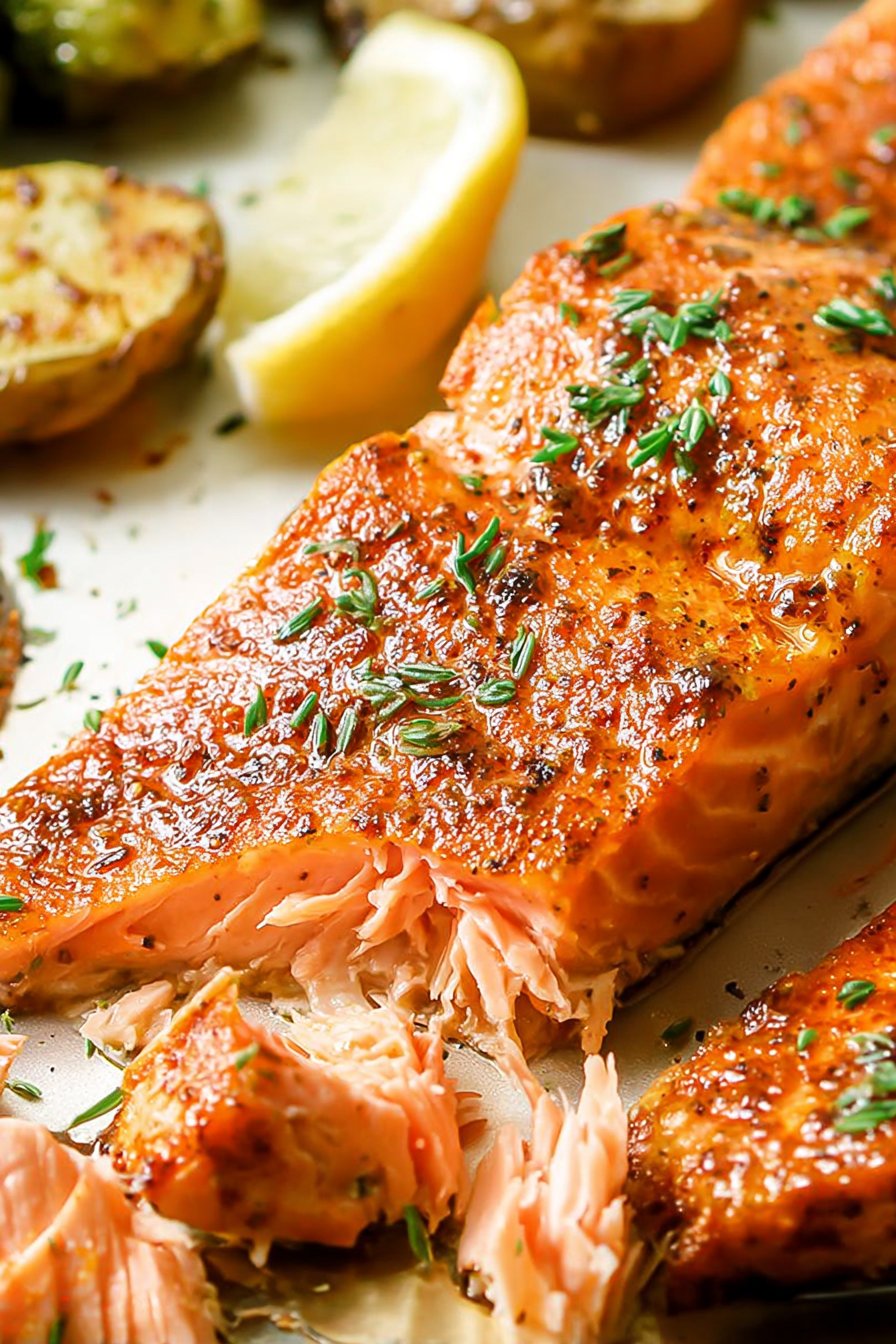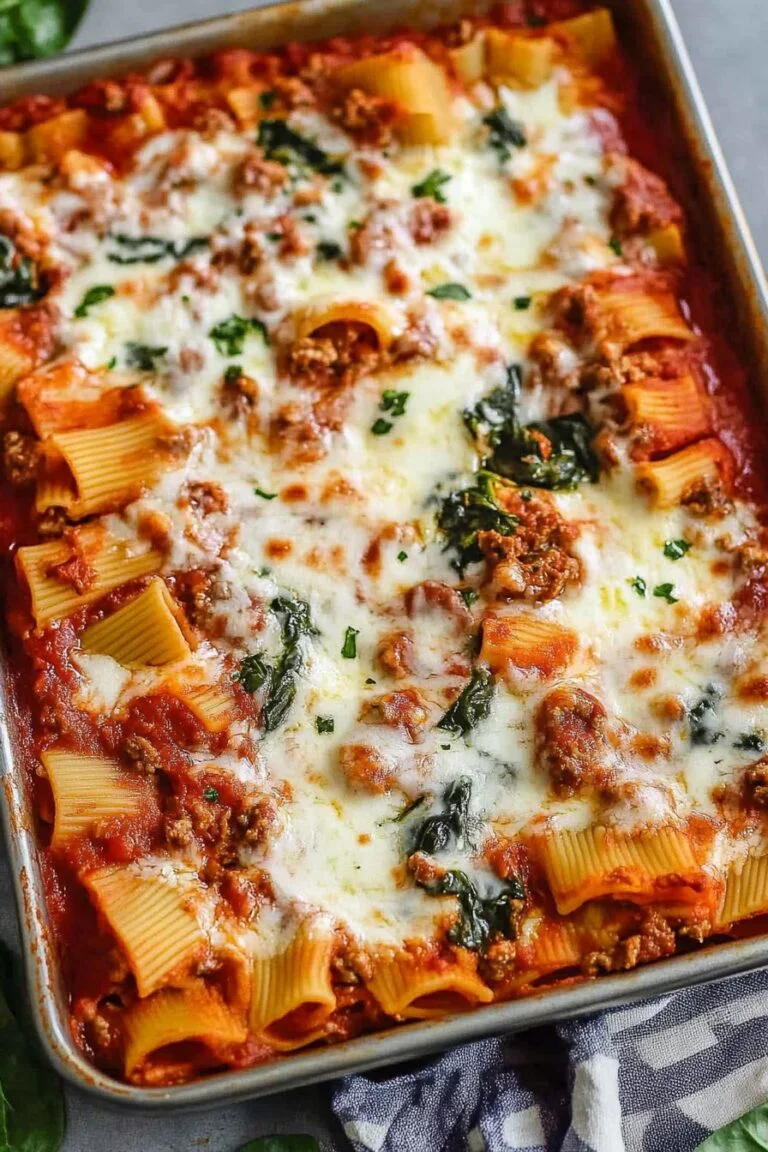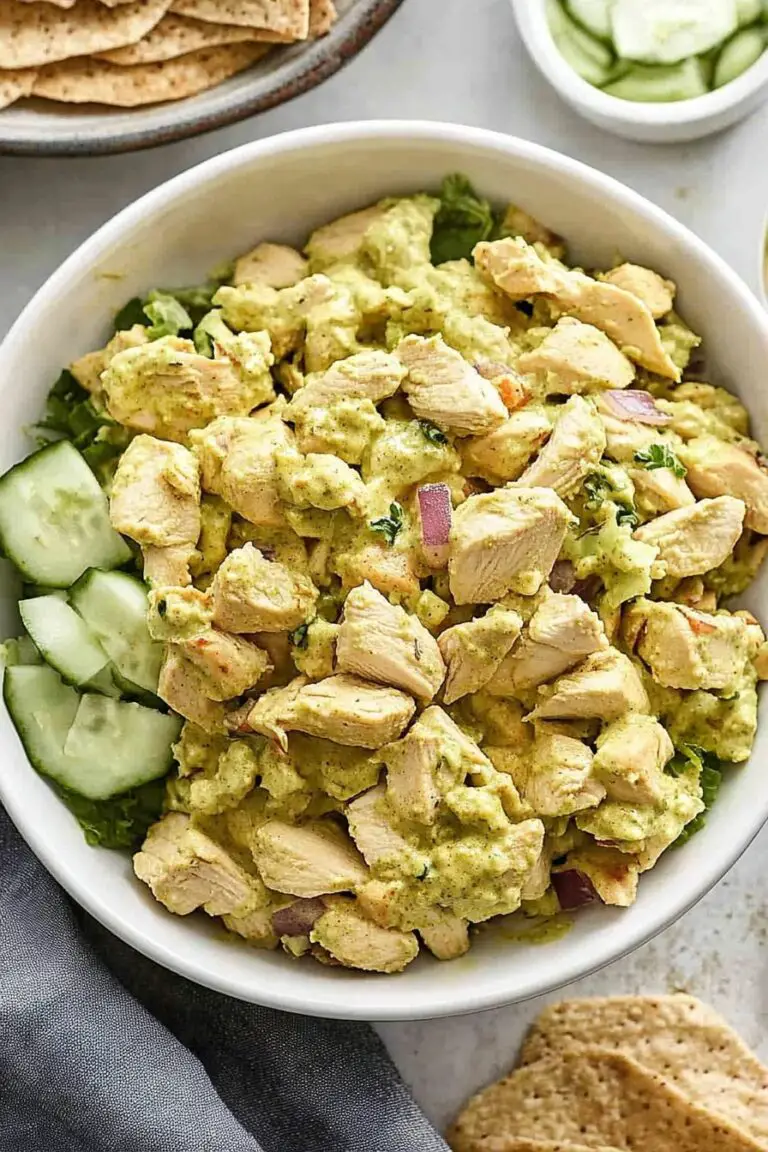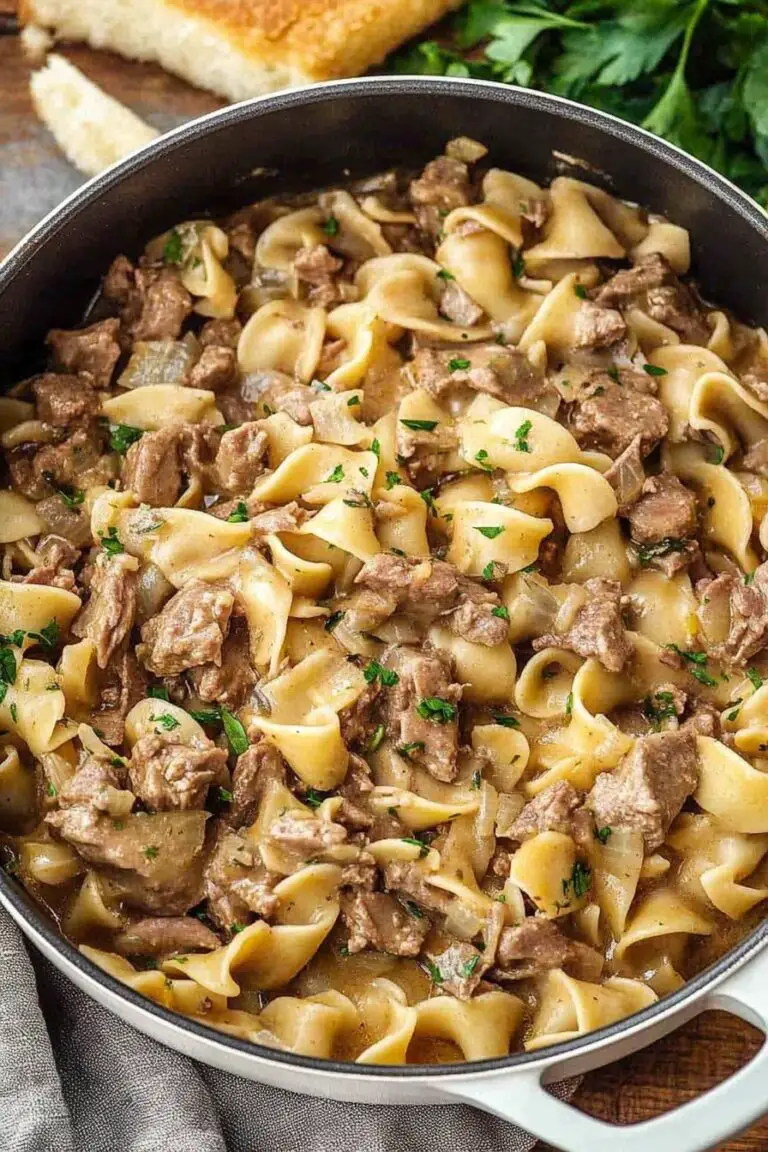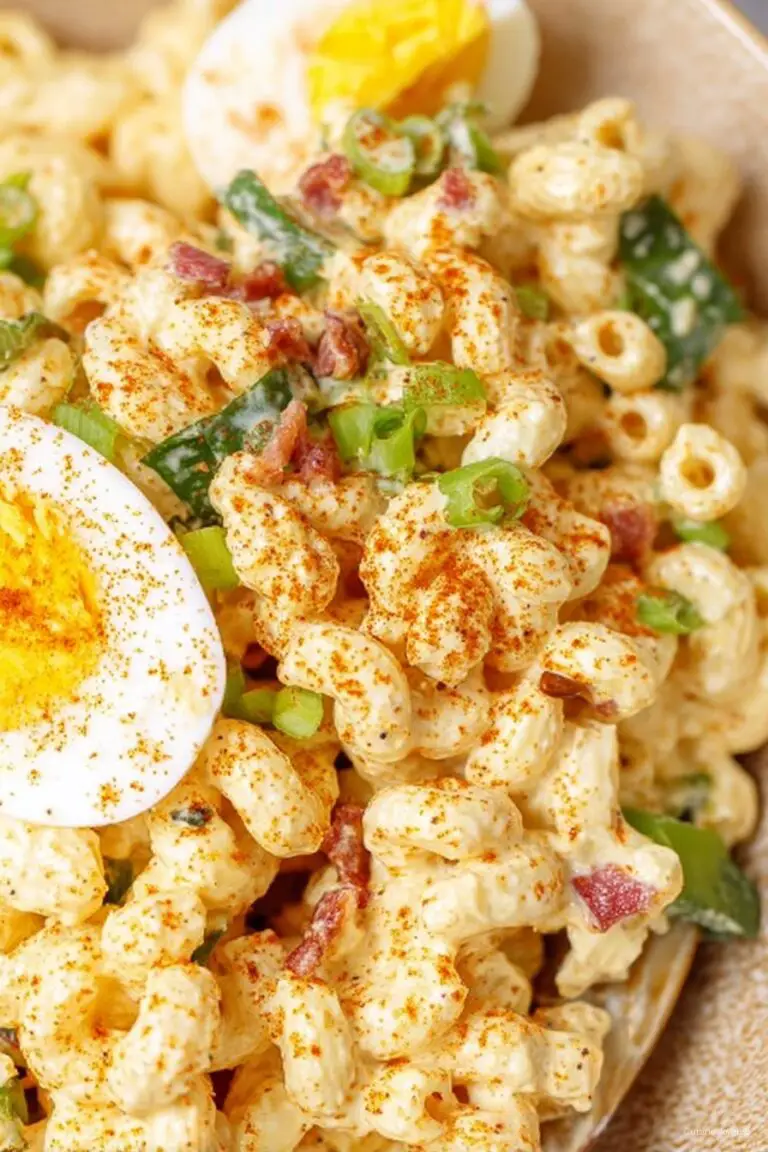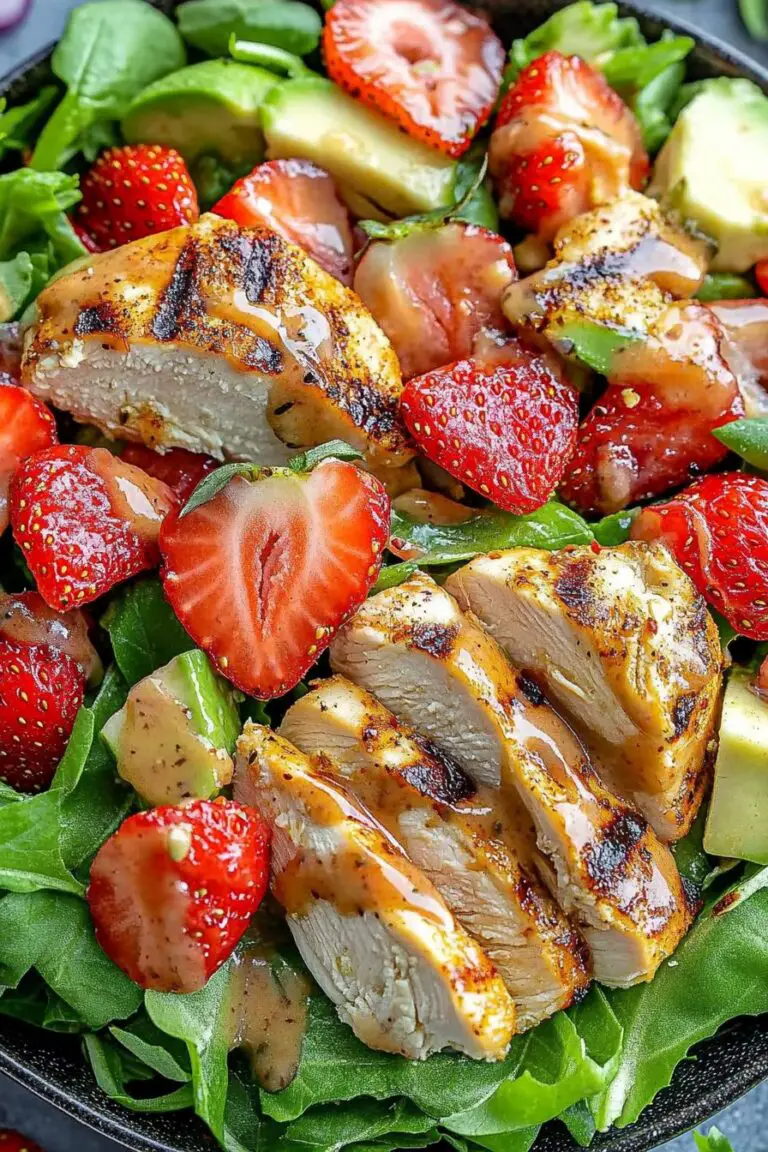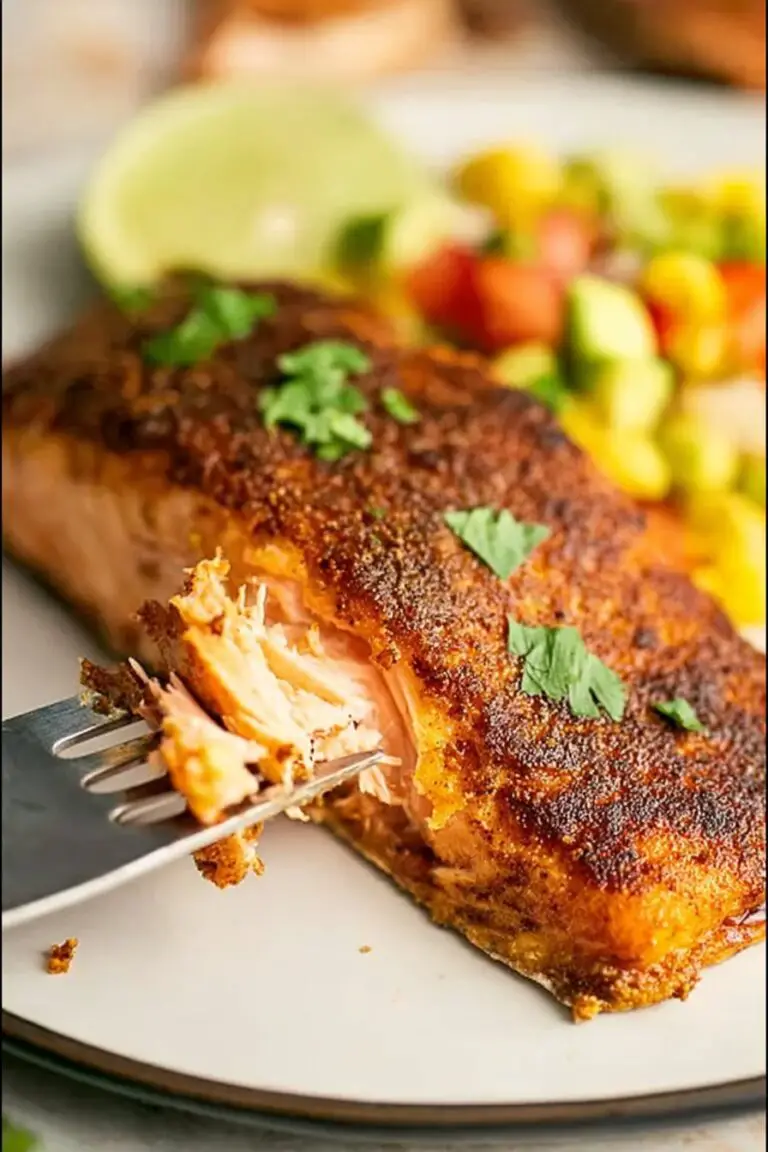Baked Cajun Salmon
Let Me Tell You About This Baked Cajun Salmon (It’s a Keeper)
Okay, so here’s the thing: I’m not what you’d call a salmon snob, but after the third time my little brother “accidentally” lit the BBQ on fire, I figured it was time to take matters into my own hands and try baking it instead. (No offense, Dan, but you know what you did.) This baked Cajun salmon recipe? It’s now my weeknight savior. The first time I made it, I honestly wasn’t expecting much—just trying to use up a salmon fillet before it started growing legs in the fridge. But the flavor was such a kick in the pants, in the best possible way. Even my fussy uncle, who usually acts like eating fish is some kind of punishment, went back for seconds. If that’s not a win, I don’t know what is.
Why I Keep Coming Back to This Recipe
I make this when I want dinner on the table fast (like, actual fast, not just “Instagram fast”). My family goes crazy for this because, well, it’s spicy enough to wake them up but not so fiery that you need to have a fire extinguisher handy. Plus, you don’t have to babysit it on the stove or deal with that whole salmon-skin-sticking-to-the-pan drama (ugh, I do not miss that). Sometimes I even forget to preheat the oven until the last minute and, weirdly, it’s still come out great — maybe I shouldn’t admit that, but here we are.
What You’ll Need (And Some Sneaky Swaps)
- 2 salmon fillets (about 200g each, but honestly, I’ve used slabs as small as my hand or as big as my face and it’s all good)
- 2 tbsp Cajun seasoning (I make my own with this recipe, but any store one works — my neighbor swears by Tony Chachere’s, but I just grab whatever’s on sale)
- 1 tbsp olive oil (or a good glug of melted butter if you’re feeling fancy, which I rarely am on a Tuesday)
- 1/2 lemon, juiced (my grandmother insisted on Meyer lemons, but regular ones are fine — actually, I used lime once when I ran out and it was kind of nice)
- 1/2 tsp garlic powder (or a minced clove if you love peeling garlic, can’t relate)
- Salt and black pepper, to taste (I always overdo it, so maybe taste your seasoning first)
- Optional: chopped parsley, green onion, or whatever green thing you find in the fridge for garnish
How I Actually Cook It (And When I Get Distracted)
- Preheat your oven to 200°C (400°F). Or don’t, and let the salmon wait a few extra minutes; it’s forgiving like that.
- Line a baking tray with foil or parchment (foil is easier for cleanup, but parchment is less sticky — pick your battle).
- Lay the salmon fillets skin-side down. If they’re uneven, just squish them a bit. No one will know.
- Drizzle olive oil over the top. Use your fingers to rub it in—don’t bother with a brush unless you’re feeling extra. This is where I usually sneak a taste of the seasoning (I know, it’s just powder, but I like to make sure it’s not too salty).
- Sprinkle Cajun seasoning, garlic powder, and a good pinch of salt and pepper. Rub it in so the tops are coated. Squeeze the lemon juice over the fillets. If it squirts everywhere, well, that’s life.
- Bake for 12–15 minutes. The edges should look a little crispy, and the middle just barely opaque. If you poke it with a fork and it flakes easily, you’re golden. Don’t panic if it looks weird halfway through—mine always does, but it sorts itself out.
- Take it out, let it rest for a couple of minutes (maybe pour yourself a glass of something?), then top with parsley or green onion if you’re feeling fancy.
Things I’ve Learned the Hard Way (Notes)
- If you use frozen salmon, it’s totally fine. Just let it thaw in the fridge overnight or, you know, on the counter if you forgot (I probably shouldn’t say that, but I’ve done it).
- Sometimes the Cajun seasoning gets clumpy; just mix it with a spoon if it does, or ignore it. No biggie.
- I used to overbake it because I was scared of undercooking fish. Actually, it’s better a hair underdone—it finishes cooking as it rests. Who knew?
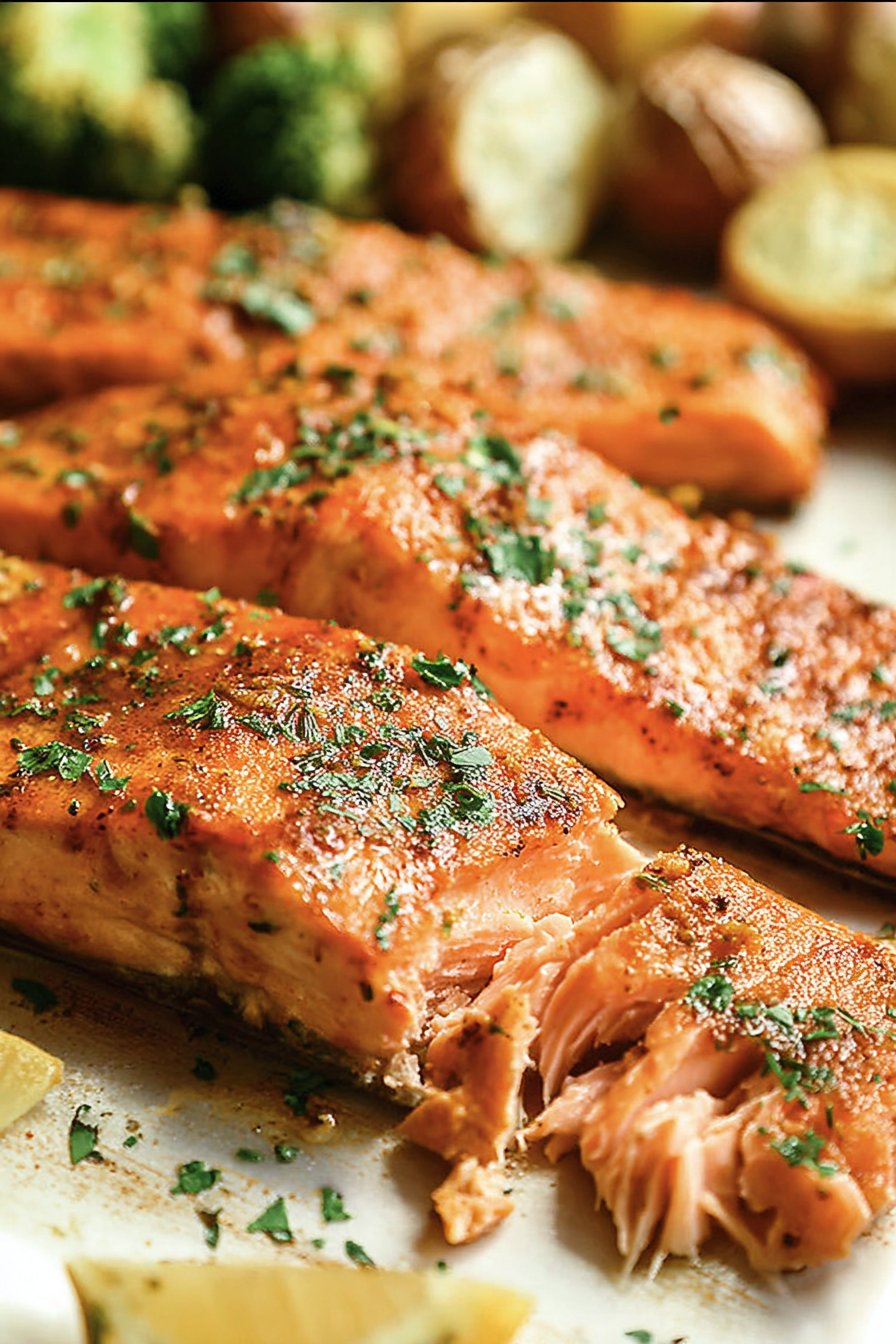
What Else Can You Try? (Some Experiments, Some Fails)
- I swapped out salmon for trout once—pretty tasty, though honestly, the Cajun seasoning totally took over. Good if you wanna hide fishiness.
- I once tried sprinkling parmesan on top. It got weirdly chewy, so…maybe skip that one.
- Lime instead of lemon is surprisingly great, especially if you add a pinch of smoked paprika too.
Let’s Talk Gear (Or How to Improvise)
- Baking tray—any kind will do. I’ve literally used a roasting tin before.
- Foil or parchment—if you don’t have either, just oil the tray really well. It’ll stick a bit but you can scrape it off (and then nibble the crispy bits, which I actually kinda like).
Storing Leftovers (Not That You’ll Have Any)
This keeps in the fridge for up to two days, supposedly. I’ve never made it past 24 hours—someone always sneaks the last piece for a midnight snack! If you do have leftovers, I wrap them in foil and stick them in the fridge. Reheat gently in the oven or eat cold on salad, whatever floats your boat.
What I Serve With This (And My Family’s Odd Tradition)
We always do roasted potatoes—my mum calls them “crispy tatties”—and a heap of steamed green beans. Sometimes a side of coleslaw if I’m feeling organized. Or just a store-bought bag because hey, I’m not a machine. Oh, and once a year when it’s someone’s birthday, we serve it with garlic bread. No idea why, but everyone seems to love it.
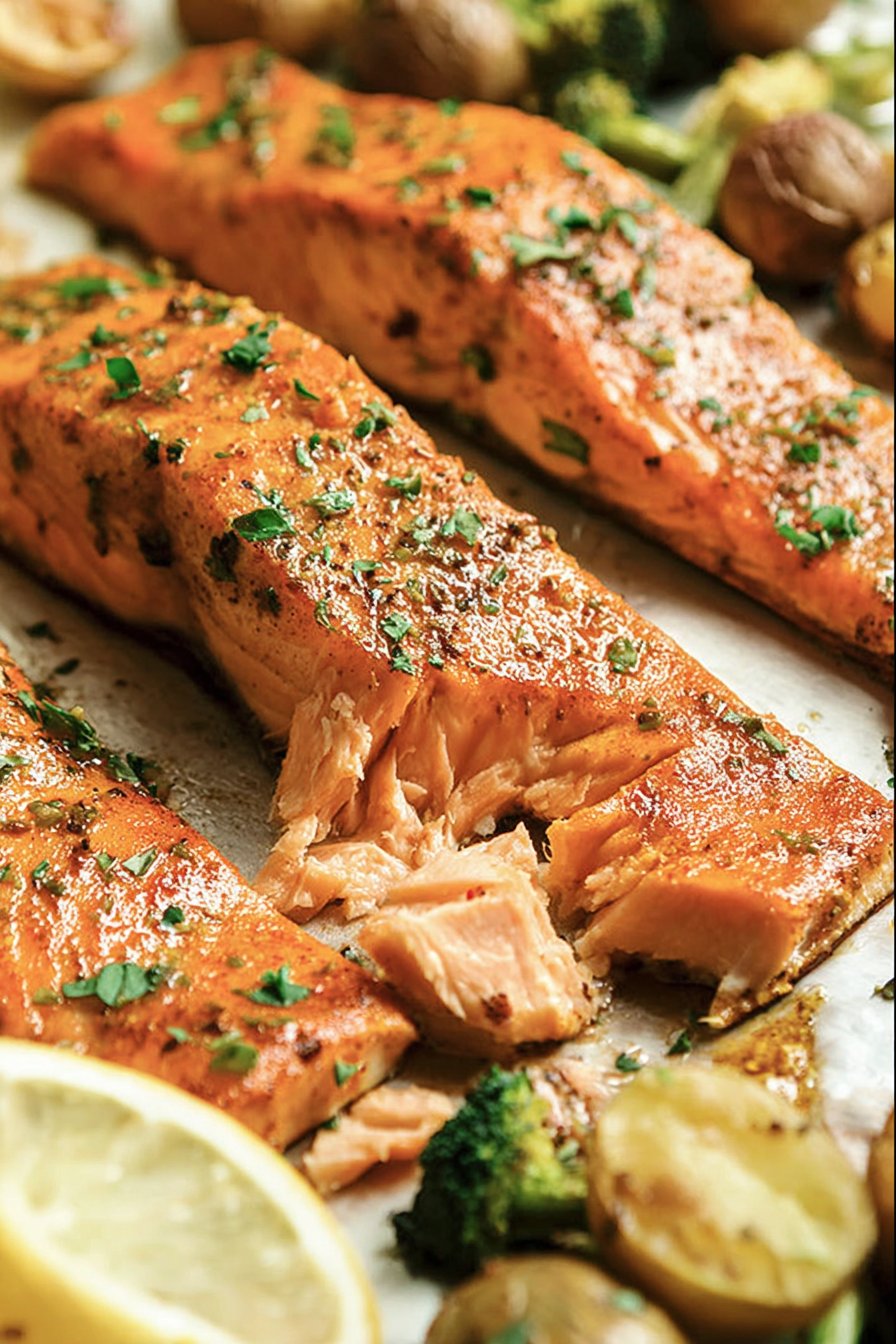
Pro Tips I Learned the Hard Way
- Don’t rush the seasoning step—I tried just dumping everything on once, and it tasted patchy. Actually, rubbing it in by hand makes a difference.
- If you cut the salmon too small, it dries out fast. Keep the pieces a bit chunky; trust me, I learned the hard way.
- On second thought, if you forget to add the lemon juice until after baking, it’s still fine. Maybe even better (sometimes I can’t decide).
Real Questions I Get (With Real Answers)
- Can I use pre-frozen salmon? Yep, I do all the time. Just thaw it first (or be prepared for a bit more oven time).
- Is it super spicy? Not really, unless you double up on the Cajun seasoning. If you’re nervous, start with half and taste. I’ve never managed to make it too hot, though.
- Do you eat the skin? Oh, totally personal. I usually do, especially when it’s crispy, but my sister scrapes it off every time. Each to their own, right?
- Can I make it ahead? I think this tastes better the next day, actually, flaked up on a salad. But warm out of the oven is hard to beat.
- What wine goes with it? Not a wine snob here, but a cold glass of Sauvignon Blanc hits the spot. Or fizzy water with lemon, if I’m pretending to be healthy.
Anyway, I hope you give this baked Cajun salmon a go. If you mess it up, don’t worry—the fish will forgive you. (And if not, there’s always toast.) Feel free to send me your questions, complaints, or just your favorite kitchen disaster stories. I’ve probably done worse!
Ingredients
- 4 salmon fillets (about 6 oz each)
- 2 tablespoons olive oil
- 1 1/2 tablespoons Cajun seasoning
- 1 teaspoon garlic powder
- 1/2 teaspoon smoked paprika
- 1/2 teaspoon salt
- 1/4 teaspoon black pepper
- 1 lemon, sliced
- 2 tablespoons chopped fresh parsley (optional, for garnish)
Instructions
-
1Preheat your oven to 400°F (200°C). Line a baking sheet with parchment paper or lightly grease it.
-
2Pat the salmon fillets dry with paper towels and place them skin-side down on the prepared baking sheet.
-
3In a small bowl, mix together the olive oil, Cajun seasoning, garlic powder, smoked paprika, salt, and black pepper.
-
4Brush the seasoning mixture evenly over the tops and sides of the salmon fillets. Top each fillet with a lemon slice.
-
5Bake in the preheated oven for 12-15 minutes, or until the salmon flakes easily with a fork.
-
6Remove from the oven, garnish with chopped fresh parsley if desired, and serve immediately.
Approximate Information for One Serving
Nutrition Disclaimers
Number of total servings shown is approximate. Actual number of servings will depend on your preferred portion sizes.
Nutritional values shown are general guidelines and reflect information for 1 serving using the ingredients listed, not including any optional ingredients. Actual macros may vary slightly depending on specific brands and types of ingredients used.
To determine the weight of one serving, prepare the recipe as instructed. Weigh the finished recipe, then divide the weight of the finished recipe (not including the weight of the container the food is in) by the desired number of servings. Result will be the weight of one serving.
Did you make this recipe?
Please consider Pinning it!!

